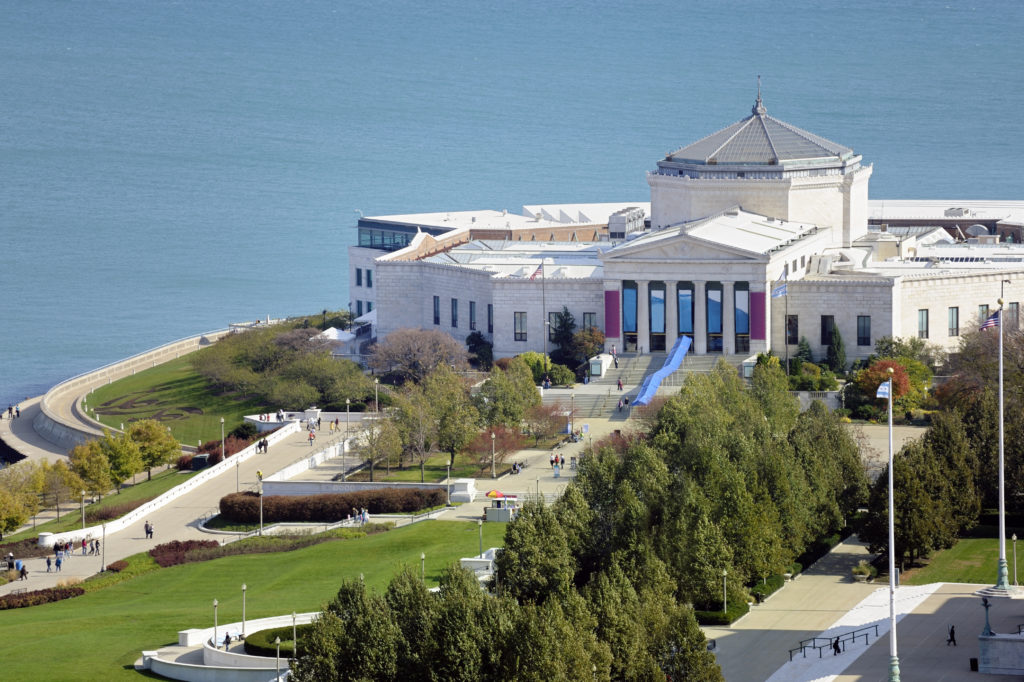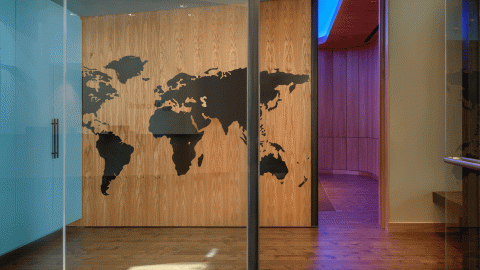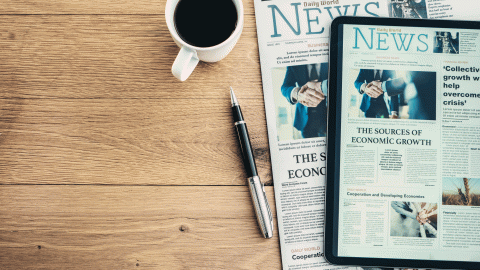Noise-cancelling headphones, smart glasses: how technology is making museums more accessible
Museums are places for people to immerse themselves in culture, as well as learn, create, share and interact.
Being accessible — designed for everyone — is one way museums can maximize that role, and a growing number are working hard to do just that to serve the more than one billion people worldwide experience some form of disability.
Here is how technology is helping museums get closer to the communities they serve.
Noise-cancelling headphones
We don’t all experience the world in the same way — everyone is different. People with autism, for example, may find certain situations cause a sensory overload.
New York’s Intrepid Sea, Air & Space Museum offers noise-cancelling headphones for people who might have auditory over-stimulation. This museum also helps parents of children with sensory processing disabilities plan their visits by emailing them images and illustrations in advance.
Museums in Chicago (including the Shedd Aquarium, the Field Museum and the Chicago Children’s Museum) also help visitors plan their trips through an app that highlights exhibitions that are sensory friendly.
[Subscribe to Microsoft On The Issues for more on the topics that matter most.]
Audio descriptions
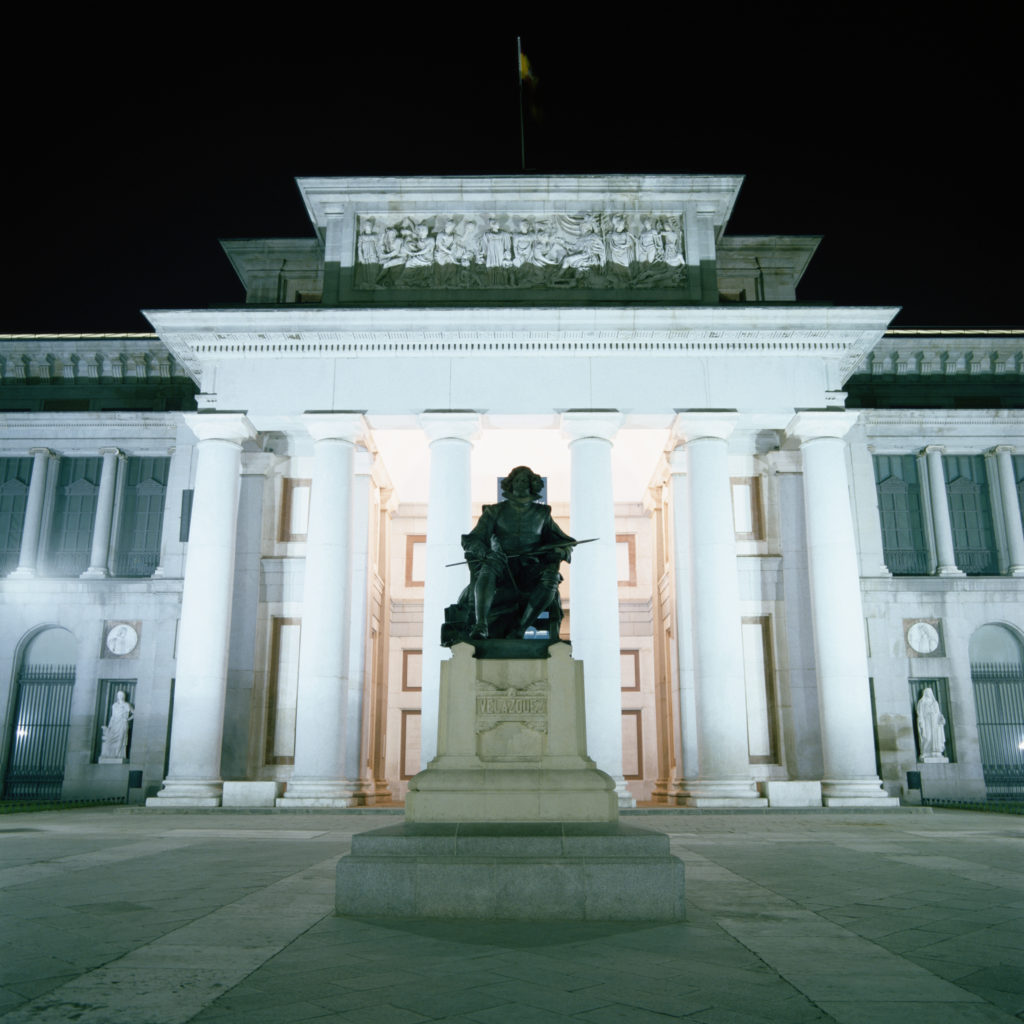
Tactile displays and audio descriptions can help bring museum experiences to life.
The Smithsonian museums in Washington, D.C., are giving visitors who are blind or with low vision a rich and rewarding experience through their smartphones or smart glasses. Using a video-streaming service, users are connected to an “agent” who provides a bespoke, detailed description of their surroundings.
The use of Braille descriptions has become increasingly common in museums around the world, and one Spanish institution has improved upon that. Madrid’s Prado Museum has made parts of its collection tactile, allowing visitors to be hands-on with the exhibitions.
The Louvre in Paris, and the Guggenheim Museum and the Metropolitan Museum of Art in New York, have all established tactile tours, where visitors can touch the art on display or touch casts of well-known works.
Hearing loops
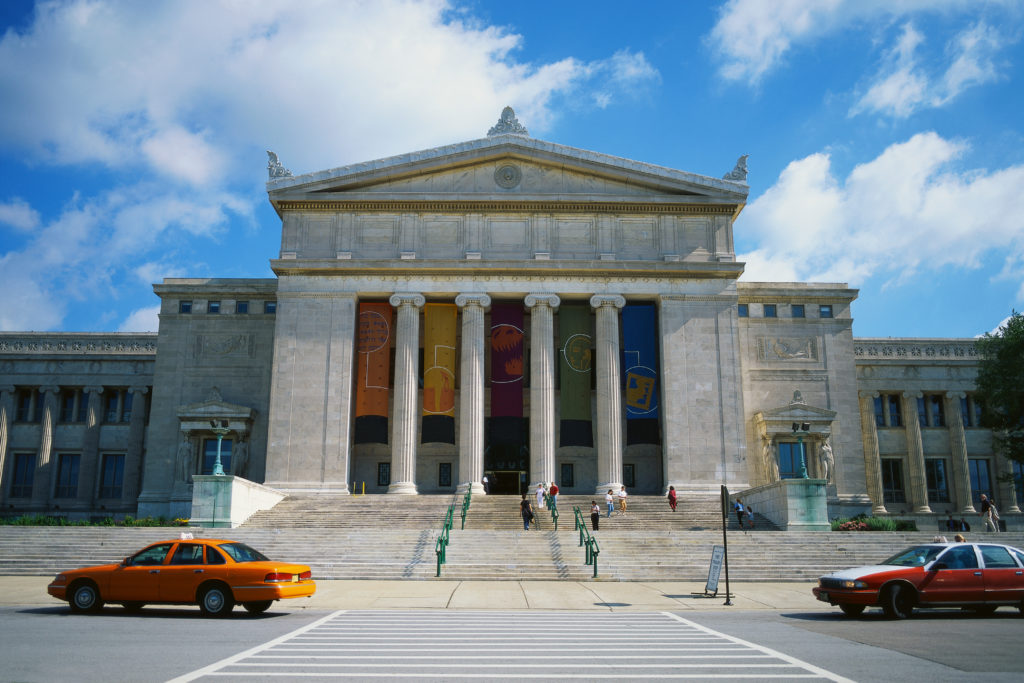
Tools such as hearing loops — also known as audio induction loops — use wireless signals to transmit audio directly to someone’s hearing aid and can be used in a variety of settings, including museum exhibitions. The Met in New York is just one example of this.
Another New York museum, the Whitney Museum of American Art, has been trying something different. It has developed a series of vlogs, or video blogs, with messages, explanations and exhibition information in sign language.
As well as opening up the museum’s content to visitors with hearing loss and deafness, the museum, on its website, says it hopes to “create a communications laboratory to expand the ASL vocabulary of contemporary art terms,” referring to American Sign Language.
The Dutch Rijksmuseum believes everyone should be able to access information on the art in their own language. It recently launched a video tour in Dutch Sign Language integrated in its app. The tour has been set up in close collaboration with and by deaf entrepreneurs.
Immersive experiences

A few years ago, the Pokémon Go craze took off, introducing many people to the possibilities of augmented reality. By creating immersive experiences, AR and other technology is being used to reimagine the way visitors relate to museums and historic sites.
You can take an AR tour of Pompeii, where a headset will put you right in the heart of the vibrant Roman city that was destroyed by the catastrophic eruption of Mount Vesuvius in A.D. 79.
Visitors to Bone Hall, in the Smithsonian National Museum of Natural History in Washington, D.C., meanwhile, can use AR to view the exhibits in a new light seeing the skeletons appear as living creatures.
The Petersen Automotive Museum in Los Angeles is using technology to bring cars from Hollywood alive with a mixed reality exhibition using Microsoft’s HoloLens technology. The “Worlds Reimagined” experience explores classic and futuristic cars from films and video games, including “Back to the Future” and the video game franchise “Halo.”
Other museums are using this technology to bring new experiences to their patrons including the Intrepid Sea, Air and Space Museum in New York with “Defying Gravity”; and the Museum of Flight’s mobile VR experiences in Washington state. The Musée des Plans-Reliefs in Paris used AI to create a digital twin of the historic Mont-Saint- Michel, which had to be captured from every angle.
In 1962, President John F. Kennedy captured the Space Race zeitgeist, when he said: “We choose to go to the moon in this decade and do the other things, not because they are easy, but because they are hard.” The Kennedy Space Center in Florida uses immersive technologies to recapture that energy, excitement and enthusiasm. At its “Heroes & Legends” exhibition, visitors can experience spacewalks, look inside space capsules and feel close to the action.
By bringing the past to life in a way that adds richness and depth, and, of course, accessibility, technology is helping museums reach a wider audience.
For more on these innovations and on accessibility initiatives at Microsoft, visit microsoft.com/en-us/accessibility and follow @MSFTIssues.

